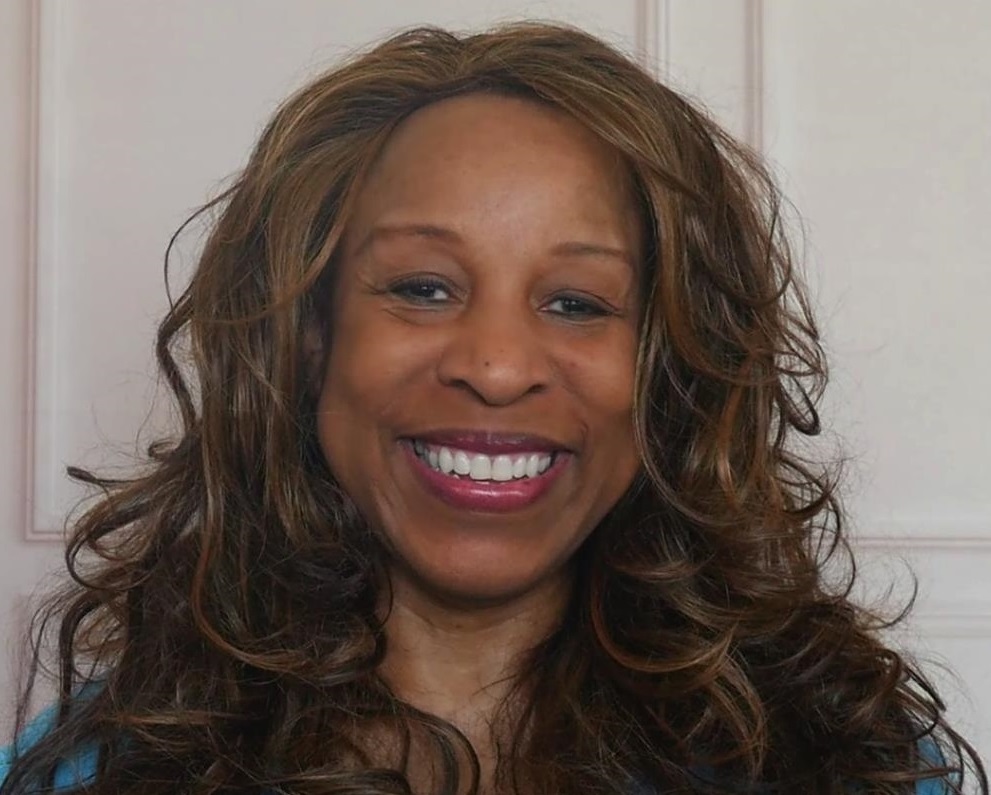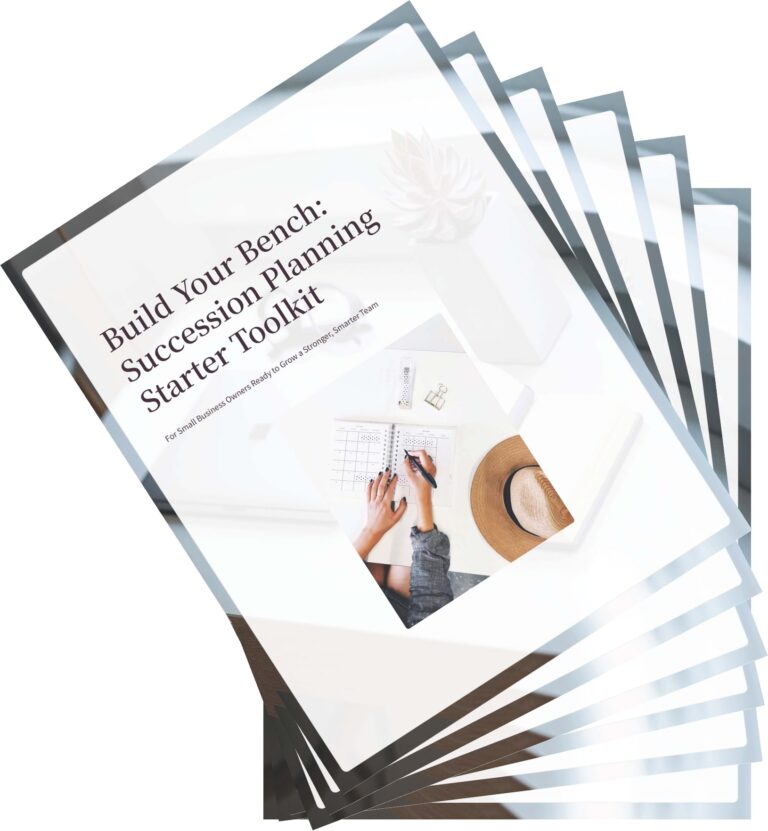You Built the Business — Now Build the Bench

By VICKY BROWN
You built the business — from the ground up. You took the risks, made the hard calls, and wore every hat. But here’s a question every founder needs to ask: What happens if you need to step away? If your answer is “everything would fall apart,” it’s time to talk about succession planning.
Most people associate succession planning with retirement or selling a business. But for small business owners, succession planning is actually a growth strategy — not just an exit strategy. When done right, it helps you create leadership depth, operational stability, and a business that doesn’t rely on you to function day to day.
The Founder Bottleneck
In many small businesses, the founder is the business. That works in the early stages, but it can’t last forever. If every decision has to go through you, you become the bottleneck. Growth stalls. Your team can’t move forward without constant input. And you burn out trying to keep everything afloat.
Succession planning breaks that cycle.
It’s about identifying and developing people within your business who can take on more responsibility. You’re not replacing yourself — you’re multiplying your leadership. That means your business can keep running smoothly, even when you’re on vacation, dealing with an emergency, or finally focusing on that long-term strategy you’ve been putting off.
Start Before You “Need” To
One of the biggest mistakes founders make is waiting too long. If you wait until you’re overwhelmed, burned out, or facing a crisis, it’s already too late. You won’t have the time or mental space to build a strong bench under pressure.
The best time to start is when things are running well. That’s when you can think clearly, train people thoughtfully, and develop leadership in a way that supports the long-term health of the business.
Start by asking: If I had to step away for 30 days, what would break? Wherever the cracks appear — that’s where you need to begin building.
What Building the Bench Really Means
Don’t worry — building a bench doesn’t mean you need a massive org chart. It means:
• Documenting key processes so others can follow them
• Cross-training team members so knowledge isn’t stuck with one person
• Looking at your team to identify those with leadership potential
• Investing in development and giving people room to lead
It also means getting comfortable letting go of control — often the hardest part for founders. But holding everything too tightly limits your growth. If you want to scale, you need to let other people take ownership
“… If I had to step away for 30 days, what would break?“
A Real-Life Example
In fact, we’re living this right now. Our leadership team is stepping into bigger roles, and I’m intentionally stepping back from the day-to-day. It’s both scary and exciting — but it’s also freeing me up to focus on the strategic projects that have been on the back burner for far too long.
This shift didn’t happen overnight. It took time, intention, and yes, some trial and error. But it’s already making the business stronger.
The Big Picture
Succession planning doesn’t just improve operations — it increases the value of your business. Whether you want to sell, bring in partners, or simply create more freedom for yourself, outside eyes will want to know: Can this business run without you?
If the answer is yes, you’ve built something truly sustainable.
But even if selling isn’t on your radar, succession planning signals something powerful to your team. It says you’re serious about growth. That you’re investing in them. That you’re thinking long-term. And that builds loyalty, trust, and engagement.

Ready to take the next step? Download the free Build Your Bench Toolkit — a practical resource designed for small business owners who want to strengthen their team and prepare for the future.
Inside, you’ll find checklists, worksheets, and templates to help you identify critical roles, reduce risk, and start developing your next layer of leadership.
It’s the first move toward building a business that doesn’t depend on you for everything.
Get Started Today
You don’t need to overhaul your business overnight. Start small.
• Identify your business’s critical functions
• Assess who handles those functions now — and whether they have support
• Look at your role — what do only you do? And how can you start sharing that responsibility?
If you’re ready to take action, I’ve created a free toolkit to help. It includes a checklist, worksheets, and simple templates to guide you through the first steps of building your bench.
Succession planning is how you protect what you’ve built — and make sure it keeps growing. Because yes, you built the business. But now, it’s time to build the bench.
